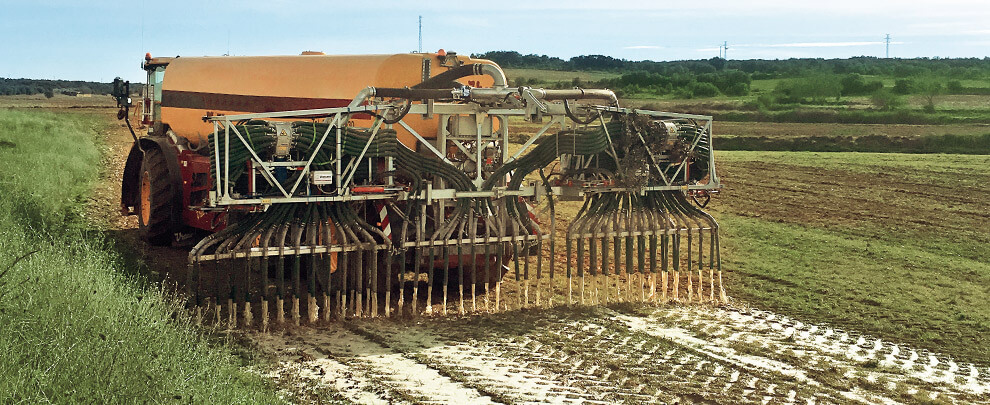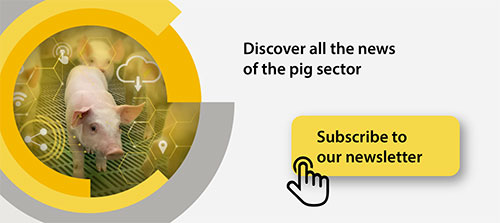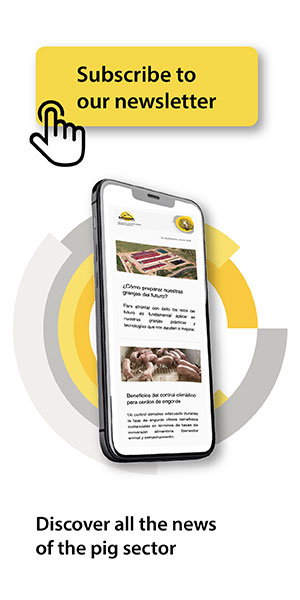Blog
Blog

How can we value livestock waste?
15th February 2022 - News
Óscar Toledano. Sales Manager & BI Rotecna.
Traditionally, agriculture and animal husbandry have been carried out on the same farm. A good example of circular economy is: a crop extracts nutrients from the soil and is used to feed the animals, which generate manure that is applied to the soil providing nutrients.
In order to adapt to a growing demand for economic and healthy food produced in a sustainable and safe way, the agricultural industry specializes, producing more with less, increasing its scale and concentrating by type of activity, which means that many farmers no longer cultivate the land where the manure produced by their animals is applied.
This brings us a paradox in areas of high livestock concentration, since the increase in the supply of organic fertilizers can generate a decrease in the value perceived by crop farmers, which does not respond to a decrease in the value of manure as a fertilizer, nor to an excess of supply, since there are enough crops to apply all the slurry generated, in fact, crop farmers continue to use industrial fertilizers, which are more expensive. The mismatch between value delivered and perceived value is often due to lack of farmers’ knowledge about the composition of the slurry and the optimal technique and period of application to maximize their benefits for each type of crop. This is an opportunity to benefit from if we apply marketing techniques to the commercialization of slurry.
On one hand, we must increase the value delivered by the slurry and reduce its application cost. For this we have techniques to determine their composition and treatments that increase their fertilizing qualities and improve their application. Starting with a simple mechanical separation of the solid and liquid phases, which has a significantly lower cost than the increase in value that it entails. On the other hand, we must increase the value perceived by the crop farmers, so we must adequately inform them of the composition of the slurry, its fertilizer qualities and better period and technique of application according to the soil and crop.
In addition to practicing consultative selling, we must improve the branding of the product, we must not talk about slurry as a problem to be solved, but about what it really is, a valuable resource to manage. Applying marketing techniques to slurry increases the value for livestock and crop farmers simultaneously, bringing benefits to both. Knowing the product and the needs of the client very well allows us to define a correct value proposal, which is vital when marketing any product or service.








